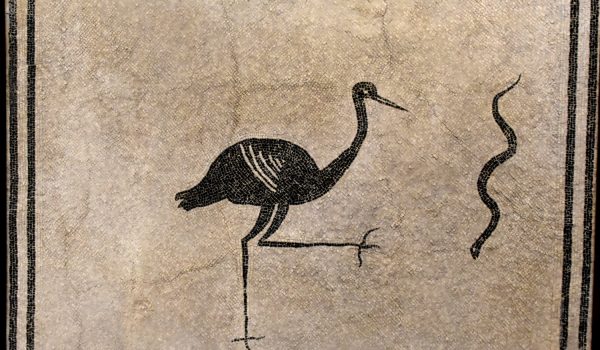
Antiquarium
The Antiquarium, set up in 1991 and located in a building close to the archaeological site of Villa Regina, illustrates, with the help of educational tools, the particularly favourable life and environment, during the Roman epoch, for human settlement in and use of the Vesuvian countryside. The exhibition showcases the numerous finds of every kind found during the excavations carried out between the late-19th century and the first decades of the 20th century. These finds were often discovered in an exceptional state of preservation under the blanket of ash and Vesuvius lava in some houses located in Pompeii and in the farmhouses and elegant villas that existed in this area allowing us to obtain highly precise data on the living standards, economic conditions, and the customs and traditions of the inhabitants of this territory during the Roman era.
The finds in the first exhibition room, which are appropriately contextualised in the natural environment of their places of origin, provide evidence of the use of the sea and coastal hinterland, the cultivation of the hilly region, and the economic activities related to agriculture and livestock, crafts (especially textile production), as well as some practices related to religion and everyday life, such as the well-documented medicine and cosmetics from the Roman era.
Some finds displayed in the second exhibition room testify to human activity in the area during the prehistoric and protohistoric periods, but, above all, they provide evidence of manufacturing settlements from the Roman era. The villas owned by the D’Acunzo and Risi Di Prisco families, other villas on land owned by Antonio Prisco, as well as Villa Regina, Villa della Pisanella, Villa of Numerius Popidius Florus, Villa of Marcus Livius Marcellus, and Villa of Asellius in via Casone Grotta were excavated in the Municipality of Boscoreale between the late-19th century and last century.

